Recommended Products
now browsing by category
My Review of Stitch Fix-Your Personal Online Stylist
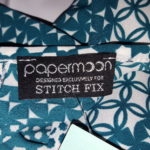
My review of STITCH FIX-An online personal stylist.
Meet Your Partner In Personal Style. Get Started Today.
For busy women on the go, Stitch Fix is the personal styling …stitchfix.com has been visited by 10K+ users in the past month
Stitch Fix | Online Personal Stylists for Women
I’ll be the absolute first to admit that I have no style…zip…nada. There you have it. The first step is admitting that you have a problem. I envy women who can pull an outfit together and look like that they stepped out of a page in a fashion magazine. Nope. Not me.
Unable to afford a personal stylist like, Rachel Zoe, I have to refer to magazines
catalogs and store mannequins, but I never look quite put together. So, you can imagine my delight when a friend told me about Stitch Fix, an online personal stylist. Whooohoooooo! (Available through monthly subscription.) I was ready to give it a try.
Their web site (Stitchfix.com) is very easy to navigate with lots of amazing photos of beautiful clothes. First step is filling out a questionnaire so that they can get a feel of your style and size. You can also select a price range and shipment schedule. I must say …easy peasy. Along with signing up, I submitted my credit card number, and then I was in eager anticipation for my first shipment to arrive.
In about 2 weeks the first box was at my front door. I ripped into the box to find a couple of cute tops, a black dress, and stylish necklace. Well done, I thought. I have to say I liked everything.
Included with the clothes was a colored styling chart showing how to mix and match the clothes in the shipment. Nice touch! The total price was around $168.00 and I did keep everything.
A month later, I received another box at my front door (These are delivered by USPS.) This time I was not as eager to dive into the box, and to tell you the truth, it sat unopened on my dining room table for a couple of days before I found the time to open it. The magic of surprise had worn off, and I was not as thrilled to be receiving more clothes. I hadn’t worn the clothes that I had received the month before, so let’s say, the “bloom was off the rose.” Now I had the exasperating task of returning the items I did not want. Ugh! Returns!
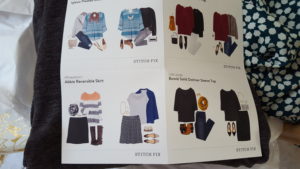 You have 3 days to return before your credit card would be “hit” so time is of the essence. To return you have to log in to your account and check off the items before you send them back for credit. But of course, I forgot my password so I moused over and clicked the “reset password” button. I received a message that the link to reset would be sent to my email box. I waited and waited and waited. I must have hit the reset link 5 times but NOTHING in the email box. Okay, time to call customer service, but wait….no telephone number could be found for customer service. I had violated my all important rule on ordering anything over the Internet. THEY MUST HAVE A CUSTOMER SERVICE NUMBER! Also, I usually like to try calling the customer service number before ordering or signing up. Does an actually ENGLISH speaking person answer?
You have 3 days to return before your credit card would be “hit” so time is of the essence. To return you have to log in to your account and check off the items before you send them back for credit. But of course, I forgot my password so I moused over and clicked the “reset password” button. I received a message that the link to reset would be sent to my email box. I waited and waited and waited. I must have hit the reset link 5 times but NOTHING in the email box. Okay, time to call customer service, but wait….no telephone number could be found for customer service. I had violated my all important rule on ordering anything over the Internet. THEY MUST HAVE A CUSTOMER SERVICE NUMBER! Also, I usually like to try calling the customer service number before ordering or signing up. Does an actually ENGLISH speaking person answer?
There is a section on the web site for Q and A, and you can submit any questions or 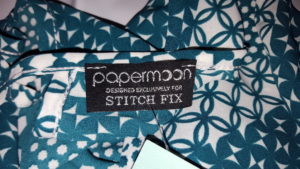 concerns to hello@stitchfix.com. I received an automatic reply email that said you have ticket number so and so, and refer to that number for further communications. I emailed Stitch Fix about the lack of help to reset my password. About an hour later, I did receive some actual email assistance and I was told to return the items. I had also requested to cancel my account and they confirmed that I was canceled. I put the clothes in the bag they provide and sent them back VIA USPS, and you do not have to pay to return. A few days later I received an email and credit for the returned items. All is good…
concerns to hello@stitchfix.com. I received an automatic reply email that said you have ticket number so and so, and refer to that number for further communications. I emailed Stitch Fix about the lack of help to reset my password. About an hour later, I did receive some actual email assistance and I was told to return the items. I had also requested to cancel my account and they confirmed that I was canceled. I put the clothes in the bag they provide and sent them back VIA USPS, and you do not have to pay to return. A few days later I received an email and credit for the returned items. All is good…
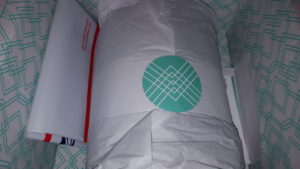 Weeks later, another box was delivered to the door from Stitch Fix. Oh no! I immediately tried to log on with the temporary password that Stitch Fix had sent to me a few weeks before, but that didn’t work, and I had to resort to RESET PASSWORD once again. Same story, the link never showed up in my email box. I emailed hello@stitchfix.com to let them know of the error that they had made, and remind them that I had canceled. Also, I had noticed the week prior that a $20.00 charge from Stitch Fix had shown up on my credit card. Why???
Weeks later, another box was delivered to the door from Stitch Fix. Oh no! I immediately tried to log on with the temporary password that Stitch Fix had sent to me a few weeks before, but that didn’t work, and I had to resort to RESET PASSWORD once again. Same story, the link never showed up in my email box. I emailed hello@stitchfix.com to let them know of the error that they had made, and remind them that I had canceled. Also, I had noticed the week prior that a $20.00 charge from Stitch Fix had shown up on my credit card. Why???
I got another automatic reply email and 1/2 hour later I did receive an email from a Melissa telling me that they did see that I had canceled and, sorry, send the stuff back. She said they were also going to credit me the $20.00. Just log onto you account…UGH! I can’t log on to my account. I sent Melissa another email saying I CAN’T LOG ON TO MY ACCOUNT! While I am writing this, I keep checking my email to see if I have received an email from Stitch Fix with my NEW temporary password. Nothing yet.
Okay, time to open the box that I want to send back. Here is what was inside.
Got to say…not bad. There were some cute tops and one skirt. Nothing I wanted to keep. but I image if I was a young 20 something with surplus money, this would be right up my alley. (Just checked my email. Nothing yet.)
The clothes is all from China. I noticed one shirt said 100 Rayon. The necklace is $34.00 and I’m thinking I could probably pick something similar up at Bealls for a lot less or at Macy’s in the sales pile. In fact, I believe you can shop for a lot less at TJ Max’s than what comes in the box, however you are paying the extra for convenience.
Ahhh finally!
|
My final comments about Stitch Fix.
- The clothes is of medium quality from China and made for Stitch Fix. No judgement there, just stating a fact.
- I ordered extra large and some of the items fit and some do not. It is hit and miss because no two bodies are alike.
- I think through the questionnaire they got my “style” down. Casual. Down to earth, Sporty and not too fancy.
- I may be too old for this service and it is more a young women’s thing.
- I was the dummy who didn’t write down their password but then again…who does?
- Shame of them for not having a customer service number.
- For me, it is better to go to the store and try things on…and cheaper.
- There you go. That’s my review. Check it out if you want. It may be something for you.
Thank you for reading,
Terry Ryan
Your Skin is a Giant Sponge
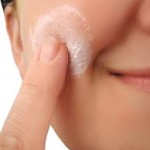
 I walked into a classroom when I was substitute teaching years ago and on the bulletin board was a poster with a sponge cut out as a shape of a hand and over the top it read “Your Hands Are Sponges!” The meaning was that our skin sucks up anything that you apply. Think twice before lathering on the sunscreen or moisturizer. Have you read the ingredients and had a good idea what is going in your bloodstream?
I walked into a classroom when I was substitute teaching years ago and on the bulletin board was a poster with a sponge cut out as a shape of a hand and over the top it read “Your Hands Are Sponges!” The meaning was that our skin sucks up anything that you apply. Think twice before lathering on the sunscreen or moisturizer. Have you read the ingredients and had a good idea what is going in your bloodstream?
Remembering that poster I am extremely careful about what I put on my skin. I try to use only ingredients that I would not be afraid to eat. I moisturize with natural items for example, olive oil and coconut oil. I also now live in Florida and do not have to depend on moisturizers as much as I did when I lived in upstate New York and had hot air heat that was so drying.
I also do not use sunscreen (yes, I live in Florida) and stay in the shade instead. I have no tan but if you live in Florida you do not have a tan. We can tell a tourist from a local by their bronze skin. Of course, tourists are sun-starved so I don’t blame for baking on the beach.
What I do for my skin instead is try to keep it healthy from the inside. Drinking plenty of water is very important to keeping your skin hydrated and eating healthy is a must. Here are some other suggestions:
- Limit alcohol
- Skip sugar
- No fast food…ick!
- Fried food-no thank you!
- Skip the gluten
- Eat raw vegetables everyday
- Take your vitamins
- Limit manicures if they involve putting nail polish on your nails
- No on acrylic nails
- Use olive or coconut oil to moisturize lips
- Use a hat if going out in the sun or take an umbrella
- Stay in the shade
- Limit milk products
- Use a mini trampoline (rebounder) to help the lymphatic system
- Use natural products whenever possible
- Don’t expose your skin to harsh weather conditions. (Some of my most athletic friends have baked and wrinkled skin.)
Here are some great resources on natural products.
Here is a typical list of ingredients on sunscreen:
| 8 | Widespread | Detected in nearly every American; found in mother’s milk; 1-to-9% skin penetration in lab studies | Acts like estrogen in the body; alters sperm production in animals; associated with endometriosis in women | Relatively high rates of skin allergy | Janjua 2004, Janjua 2008, Sarveiya 2004, Gonzalez 2006, Rodriguez 2006, Krause 2012 | ||
| 4-MBC | 7 | Pending FDA approval | Found in mothers’ milk; skin penetration in lab studies | Stimulates estrogen-dependent tumor cells; associated with reproductive disorders and behavioral changes in animals | Krause 2012, Janjua 2004, Janjua 2008, Klinubol 2008, Schlumpf 2004 | ||
| 3-BC | 7 | Pending FDA approval | Found in mothers’ milk; skin penetration in lab studies | Hormone-like activity; delays puberty and impairs reproduction in animals | Krause 2012, Durrer 2007, Schlumpf 2004 | ||
| Octinoxate (Octylmethoxycinnamate) | 6 | Widespread | Found in mothers’ milk; less than 1% skin penetration in human and laboratory studies | Hormone-like activity; reproductive system, thyroid and behavioral alterations in animal studies | Moderate rates of skin allergy | Krause 2012, Sarveiya 2004, Rodriguez, 2006, Klinubol 2008 | |
| UV filters with moderate toxicity concerns | |||||||
| Homosalate | 4 | Widespread | Found in mothers’ milk; skin penetration less than 1% in human and laboratory studies | Disrupts estrogen, androgen and progesterone | Toxic breakdown products | Krause 2012, Sarveiya 2004, SCCNFP 2006 | |
| Octisalate | 3 | Widespread; stabilizes avobenzone | Skin penetration in lab studies | Rarely reported skin allergy | Walters 1997, Shaw 2006 Singh 2007 | ||
| Octocrylene | 3 | Widespread | Found in mothers’ milk; skin penetration in lab studies | Relatively high rates of skin allergy | Krause 2012, Bryden 2006, Hayden 2005 | ||
| UV filters with lower toxicity concerns | |||||||
| Titanium Dioxide | 2 (topical use), 6 (powder or spray) | Widespread | No finding of skin penetration | No evidence of hormone disruption | None | Inhalation concerns | Gamer 2006, Nohynek 2007, Wu 2009, Sadrieh 2010, Takeda 2009, Shimizu 2009, Park 2009, IARC 2006b |
| Zinc Oxide | 2 (topical use), 4 (powder or spray) | Widespread; excellent UVA protection | Less than 0.01% skin penetration in human volunteers | No evidence of hormone disruption | None | Inhalation concerns | Gulson 2012, Sayes 2007, Nohynek 2007, SCCS 2012 |
| Avobenzone | 2 | Widespread; best UVA protection of chemical filters | Very limited skin penetration | No evidence of hormone disruption | Relatively high rates of skin allergy | Klinubol 2008, Bryden 2006, Hayden 2005, Montenegro 2008 | |
| Mexoryl SX | 2 | Uncommon; pending FDA approval; offers good, stable UVA protection | Less than 0.16% penetrated the skin of human volunteers | No evidence of hormone disruption | Skin allergy is rare | Benech-Kieffer 2003, Fourtanier2008 | |
| Tinosorb M | 1 | Pending FDA approval; offers good, stable UVA protection | Very limited skin penetration | No evidence of hormone disruption | Skin allergy is rare | Ashby 2001, Mavon 2007, Gonzalez-Perez 2007 | |
| Tinosorb S | 0 | Pending FDA approval; offers good, stable UVA protection | No evidence of hormone disruption | Ashby 2001 | |||
| 6 other ingredients approved in the U.S. are rarely used in sunscreens: benzophenone-4, benzophenone-8, menthyl anthranilate, PABA, Padimate O, and trolamine salicylate | |||||||
The Trouble With Sunscreen Chemicals
Sunscreen chemicals should be engineered with great care. They are used in products intended for repeated application to large portions of the body. To offer effective protection from the sun’s rays, sunscreens must stick to the skin. So-called active ingredients – substances that filter out UVA and UVB radiation – are present in large concentrations.
Over the past decade dozens of studies have examined the potential health hazards of sunscreen chemicals. These include possible skin irritation or allergy, hormone disruption and skin damage that occurs when sunlight acts on sunscreen chemicals.
The federal Food and Drug Administration has not formally reviewed any of the recent studies in this category. Most sunscreen ingredients were already in use in 1978, when the FDA announced its intention to regulate sunscreen safety. Since then the agency has approved just one sun-filtering chemical – avobenzone,
Active ingredients in sunscreens come in two forms, mineral and chemical filters. Each uses a different mechanism for protecting skin and maintaining stability in sunlight. Each may pose hazards to human health.
The most common sunscreens on the market contain chemical filters. These products typically include a combination of three to six of these active ingredients: oxybenzone, avobenzone, octisalate, octocrylene, homosalate and octinoxate.
Nearly every chemical sunscreen contains avobenzone because it is the best agent for filtering skin-damaging UVA rays. However, avobenzone alone may break down when exposed to sunlight. Chemicals such as octocrylene must be added to the product to stabilize it. This practice has become more common in recent years.
Laboratory studies of several sunscreen chemicals indicate that they may mimic hormones and disrupt the hormone system (Krause 2012, Schlumpf 2001, 2004b, 2008). Some research on animals suggests that oxybenzone and two other sunscreen chemicals – 4-MBC and octinoxate – are toxic to reproductive systems or interfere with normal development. (See Table 1)
Experts caution that the unintentional exposure to and toxicity of active ingredients erodes the benefits of sunscreens (Krause 2012, Schlumpf 2010). But most conclude that more sensitive tests are needed to determine whether these ingredients pose risks to sunscreen users (Draelos 2010, Gilbert 2013).
The most problematic of the sunscreen chemicals used in the U.S. is oxybenzone, found in 80 percent of chemical sunscreens. EWG recommends that consumers avoid oxybenzone because it can penetrate the skin, cause allergic skin reactions and may disrupt hormones (Calafat 2008, Rodriguez 2006, Krause 2012). Preliminary investigations of human populations suggest a link between higher concentrations of oxybenzone and its metabolites in the body and increased risk of endometriosis and lower birthweight in daughters (Kunisue 2012, Wolff 2008).
Generally, chemical sunscreens deserve special scrutiny because most are known to permeate the skin to some degree. Two European studies have detected common sunscreen chemicals in mothers’ milk, indicating that the developing fetus and newborns may be exposed to these substances (Schlumpf 2008, Schlumpf 2010). A 2010 study by Margaret Schlumpf of the University of Zurich found at least one sunscreen chemical in 85 percent of milk samples. Four of the chemicals detected are commonly used in U.S. sunscreens.
The federal Centers for Disease Control and Prevention has detected oxybenzone in more than 96 percent of the U.S. population, based on a representative sampling of more than 2,500 Americans children and adults (Calafat 2008). Higher concentrations of oxybenzone were measured in samples collected from participants during the summer months.
The FDA is considering the approval of two sunscreen ingredients used in Europe – 4-methylbenzylidine camphor and 3-benzylidine camphor. Lab studies indicate they may disrupt the hormone system.
Products in EWG’s sunscreen database that utilize minerals to filter UV rays are made with zinc oxide and titanium dioxide, usually in the form of nanoparticles.
Though no ingredient is without hazard or completely effective, on balance our ratings favor these mineral sunscreens. They do not penetrate the skin, and they are stable in the presence of sunlight.
There are some exceptions. Mineral sunscreen could pose a risk of skin damage if manufacturers do not select forms that are coated with inert chemicals to reduce photoactivity. Nano-powders could potentially lodge in the lungs and reach the bloodstream, where they could damage internal organs. To date, no such problems have been reported. Still, FDA should set guidelines and place restrictions on zinc and titanium sunscreens to minimize the risks to sunscreen users and maximize these products’ sun protection.
Safer, more effective solutions may be on the horizon. The European sunscreen chemicals Mexoryl SX, Tinosorb S and Tinosorb M are promising UV filters not yet approved for use in the U.S.
Active ingredient toxicity
This table summarizes human exposure and toxicity information for nine FDA-approved sunscreen chemicals and four ingredients now being considered by the FDA. We asked these questions:
- Will these chemicals penetrate skin and reach living tissues?
- Will they disrupt the hormone system? Can they affect the regulation of the reproductive and thyroid systems and, in the case of fetal or childhood exposure, permanently alter reproductive development or behavior?
- Can some ingredients cause skin allergy?
- What if they are inhaled?
- Other toxicity concerns?
(Source: http://www.ewg.org/2013sunscreen/nanoparticles-in-sunscreen/)




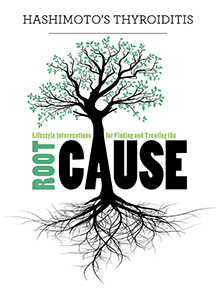
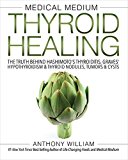


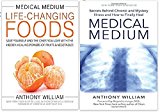
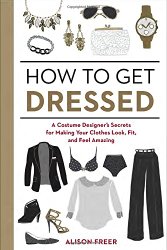
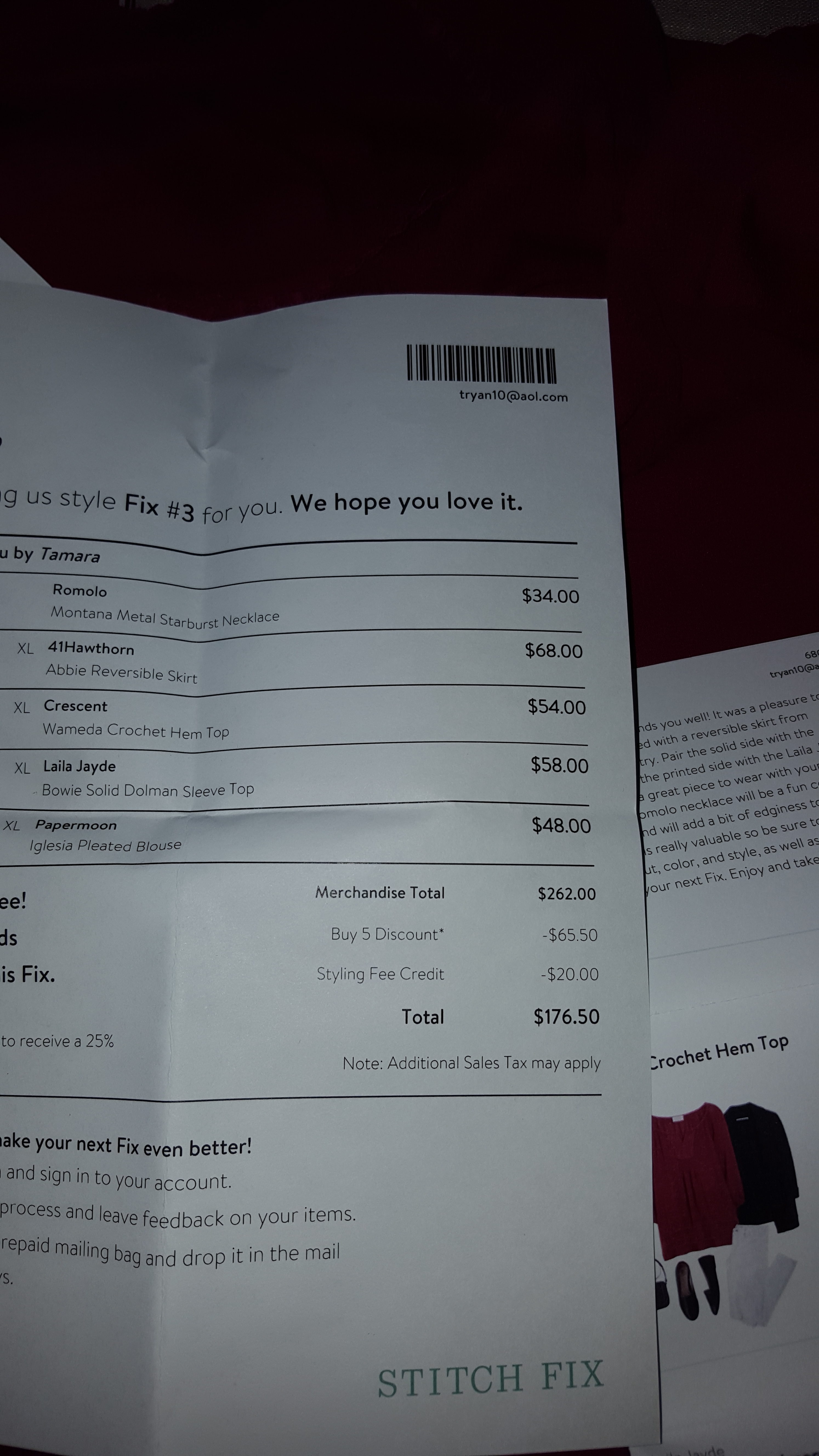
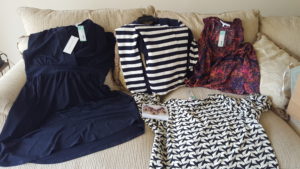
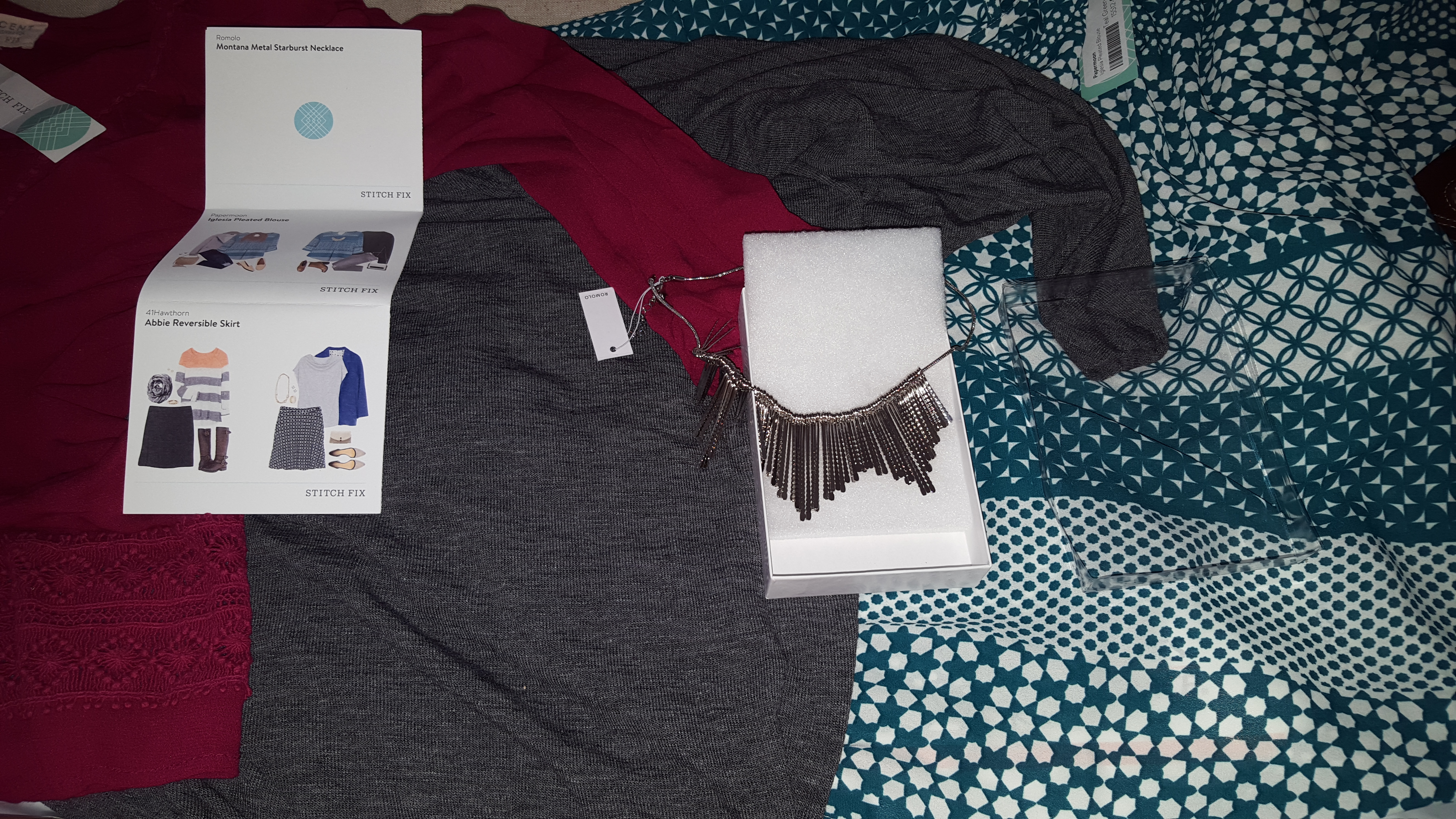
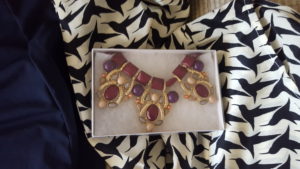
 D5 Creation
D5 Creation
Hi Terry,
Thanks for getting back to me. I have reset your password, please see your updated login information below:
Email Address: tryan10@aol.com
Password: #$$&*_(&(*^
If you continue to experience any difficulties accessing your account, we suggest trying to use a different web browser or device.
Please let us know if you have any further questions.
Regards,
Melissa
Stitch Fix Client Support
Your Partner in Personal Style
For more information about Stitch Fix please check out our FAQ https://stitchfix.com/faq